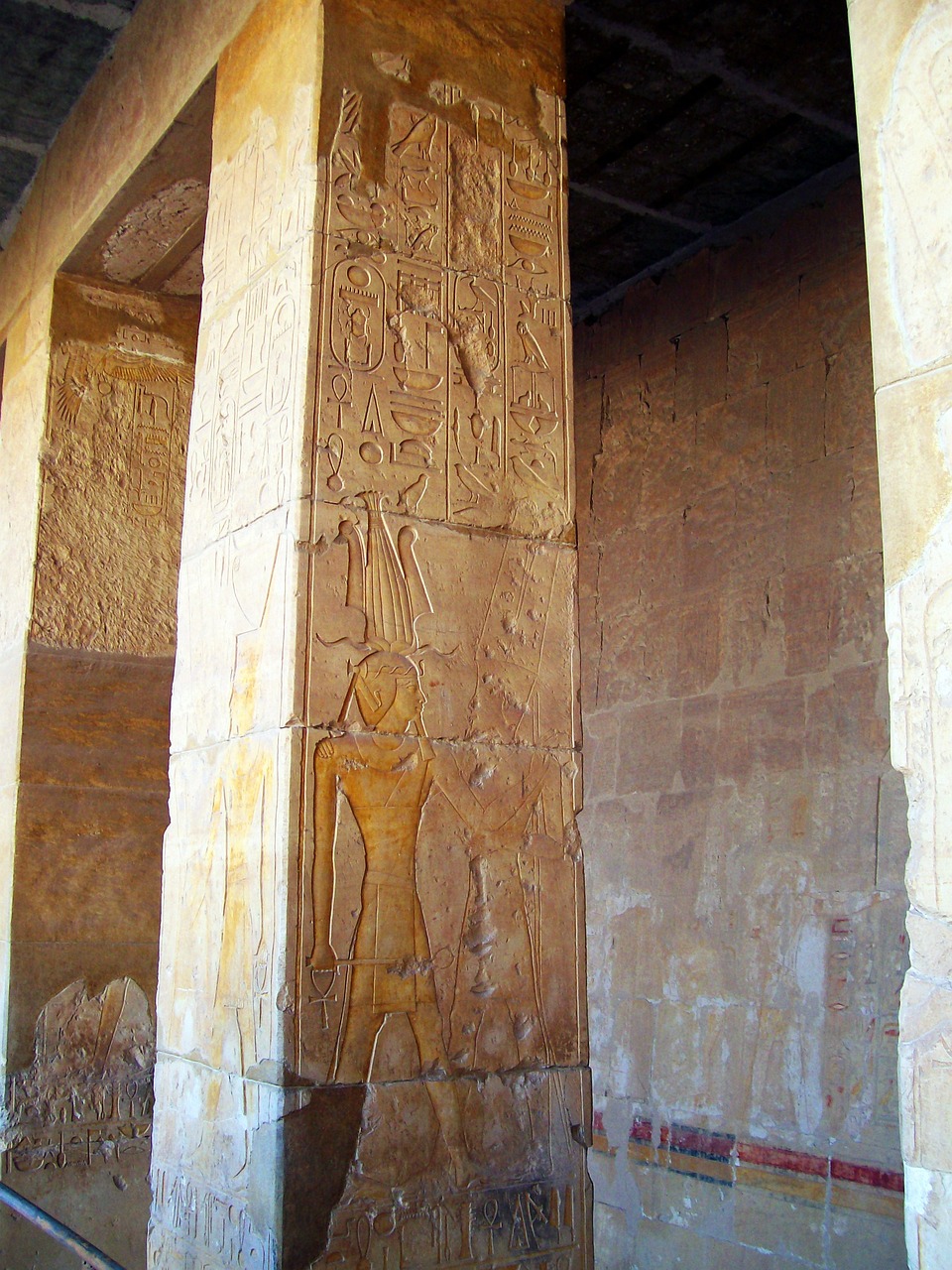Hieroglyphic Writing: An Overview
Hieroglyphic writing is a unique system that combines pictorial signs, which serve dual roles as representations of objects as well as phonetic symbols. The term “hieroglyphic,” derived from a Greek word meaning “sacred carving,” first appeared in the works of Diodorus Siculus during the 1st century BCE, although prior Greek references alluded to sacred signs related to Egyptian scripts. The Greeks specifically referred to the iconographic writings they found carved on temple walls and monuments as hieroglyphics, distinguishing it from the other contemporary Egyptian scripts used for scribing on papyrus.
Among the Egyptian writing styles, two others stand out: the hieratic script, which was still in use during the time of the ancient Greeks for religious texts, and the demotic script, primarily employed for everyday documentation. In its strictest sense, hieroglyphic writing refers only to the inscriptions found on Egyptian monuments, but since the late 19th century, the term has been adopted to describe similar pictographic systems from various cultures, including those of the Indus civilization, the Hittites, the Maya, the Incas, and the inscriptions on the Phaistos Disk from Crete. Owing to their intricate and pictorial nature, hieroglyphs were mainly reserved for monumental inscriptions and were rarely used in more practical writings. Currently, hieroglyphic scripts have ceased to be part of any active writing systems.
Evolution of Egyptian Hieroglyphic Writing
The origins of Egyptian hieroglyphs can be traced back to the latter part of the 4th millennium BCE, primarily found on pottery and ivory artifacts within tombs, likely intended for the identification of the deceased. Although not all early symbols are decodable today, it is reasonable to assert that they stem from the same foundational writing system that developed into classical hieroglyphs. Peculiar to this writing system is the functionality of these signs as phonetic symbols, indicating that there was never simply a primitive picture-writing stage in Egypt’s linguistic history; hieroglyphic writing has always incorporated phonetic components. The marks seen on jars dating back to similar periods are not primitive forms of this writing but have emerged alongside it, influenced by its development.
The relationship between hieroglyphs and the cuneiform writing of the Sumerians remains unproven and is considered unlikely due to the fundamental differences in their writing systems. However, it is conceivable that a general trend toward the visualization of words using signs existed independently across cultures.
Function and Significance of Hieroglyphic Writing
The necessity to connect pictorial depictions with specific historical individuals or unique occurrences—such as victories in battle or royal exploits—prompted the adoption of hieroglyphic writing for monumental purposes. The inclusion of hieroglyphs within scenes not only indicated specific events but also conveyed a novel perspective on time and history as a collection of distinct occurrences. From the 1st dynasty onward (approximately 2925–2775 BCE), hieroglyphs began to annotate images of nonroyal individuals, marking a significant shift toward the expression of personal identity in written form.
The annalistic ivory tablets from the first two dynasties showcased yearly events accompanied by identified individuals, locations, and occurrences, further emphasizing historical narrative. An inscription might accompany a portrayal of the pharaoh’s victory over enemies, clarifying it as “the first occasion of the defeat of the Libyans.” Concurrently, Egyptians began utilizing writing without illustrations, particularly through cylinder seals—rolled stones used to imprint clay on jar stoppers. These markings not only sealed jars to prevent tampering but also labeled contents, including the origin of items like wine, even naming the reigning monarch.
From the monumental inscriptions of the 1st dynasty, we mostly recognize individual names, predominantly of kings. As hieroglyphic writing progressed into the 2nd dynasty, the complexity increased, with titles and offerings noted, and the emergence of complete sentences by its conclusion. Notably, the existence of a blank papyrus scroll found in a high official’s tomb suggests that the capability for writing lengthy texts had been prevalent much earlier, dating back to the initial stages of the 1st dynasty.



